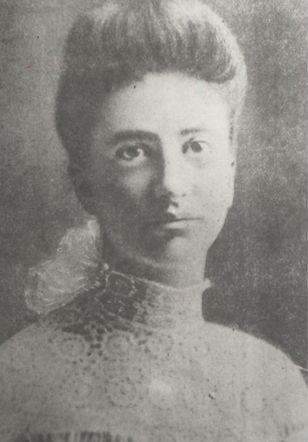
1883 - 1908
Chester Ellsworth Gillette
Summary
Name:
Years Active:
1906Birth:
August 09, 1883Status:
ExecutedClass:
MurdererVictims:
1Method:
Bludgeoning / DrowningDeath:
March 30, 1908Nationality:
USA
1883 - 1908
Chester Ellsworth Gillette
Summary: Murderer
Name:
Chester Ellsworth GilletteStatus:
ExecutedVictims:
1Method:
Bludgeoning / DrowningNationality:
USABirth:
August 09, 1883Death:
March 30, 1908Years Active:
1906Date Convicted:
December 5, 1906bio
Chester Ellsworth Gillette was born on August 9, 1883, in Wickes, Montana Territory. He was the only child of Franklin Gillette and Louisa Maria Rice. Although Chester was born into a relatively comfortable household, his life took a turn when his parents renounced their material wealth to dedicate themselves to The Salvation Army. This deeply religious shift led the family to a nomadic lifestyle across the American West, eventually landing in Washington State and even Hawaii during Chester’s formative years.
Despite growing up in a religious environment, Chester never fully embraced his family’s devout beliefs. In 1901, thanks to the support of a wealthy uncle, Chester was enrolled in the preparatory program at Oberlin College in Ohio. But he left the school after just two years, uninterested in academic or spiritual pursuits. With little direction, he bounced around various jobs before eventually securing a position at his uncle's skirt factory in Cortland, New York, in 1905. It was there he would meet Grace Brown—and where the seeds of a tragic and sensational murder case were planted.
Chester was seen as charming, intelligent, and socially ambitious. He often mingled with wealthier circles and desired a more luxurious lifestyle than his working-class position provided. His polished appearance and flirtatious nature made him popular among young women, but underneath that charm was a man unwilling to take responsibility for the consequences of his actions.
murder story
In 1905, while working at the Gillette Skirt Factory in Cortland, Chester met Grace Brown, a co-worker who came from a modest background. They began a secret sexual relationship, and by the spring of 1906, Grace was pregnant. At the time, societal norms meant that a child out of wedlock would bring public shame—not just for Grace, but for Chester as well. Grace wrote a series of heart-wrenching letters to Chester, pleading with him to marry her and provide a future for their child. He promised vague plans about running away together, but behind her back, he was pursuing other women, particularly ones with higher social status.

By July, Chester agreed to take Grace on a supposed vacation to the Adirondack Mountains. The trip appeared romantic on the surface, but Chester had far more sinister intentions. On July 11, 1906, the couple checked into the Glenmore Hotel at Big Moose Lake under false names. Chester brought along a suitcase and a tennis racquet—items that would soon become critical pieces of evidence.
That day, the couple rowed out onto Big Moose Lake. According to investigators, Chester struck Grace in the head with the racquet and pushed her overboard, leaving her to drown. He then calmly hiked away from the scene, eventually checking into another hotel under his real name as if nothing had happened.
Grace’s body was discovered the next day. Though the boat had capsized, Grace’s body showed signs of blunt force trauma. Her wounds made it clear that her death was no accident. Suspicion immediately fell on Chester, especially after it was discovered that he had registered the hotel under an alias and that his suitcase was inexplicably dry despite the capsized boat. He was arrested three days later in Inlet, New York.
Chester’s trial began in November 1906 and became a media sensation. The courtroom was packed with journalists and spectators eager to follow every twist of the scandalous case. Chester’s defense attorneys tried to argue that Grace had committed suicide, but inconsistencies in Chester’s story, the forensic evidence, and the nature of Grace’s injuries painted a damning picture. On December 5, 1906, the jury found him guilty of first-degree murder.
His appeal was denied, and despite a plea for clemency to New York Governor Charles Evans Hughes, the sentence stood. On March 30, 1908, at Auburn Prison, Chester Gillette was executed by electric chair. He was 24 years old.
The tragic tale of Chester Gillette and Grace Brown captivated the nation and became the inspiration for Theodore Dreiser's 1925 novel An American Tragedy, later adapted into film. Grace’s love letters to Chester, read aloud during the trial, humanized her to the public and left a haunting reminder of a young life ended by betrayal and ambition.